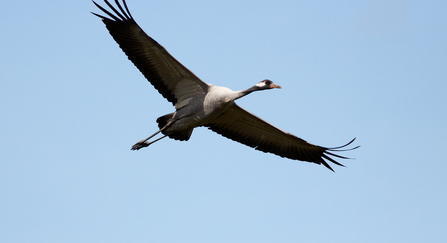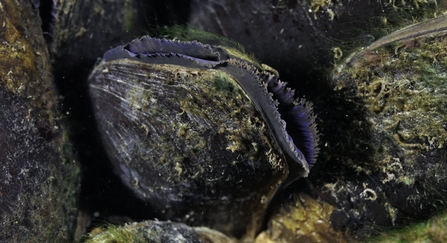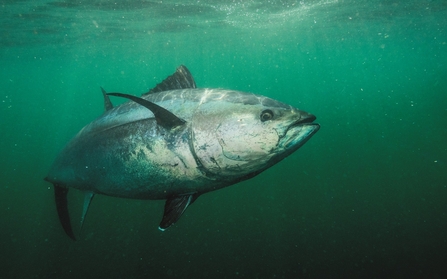But it’s not just the wildlife on our doorsteps that’s in trouble; from the bottom of the sea to the top of the tallest tree, there are tales of wildlife trouble all over Yorkshire. But in many cases, it’s still not too late to save what little remains…
Yorkshire's lost species
Pine marten © Terry Whittaker/2020VISION

Common crane © WildNet - Stefan Johansson
Common crane
At over a metre, the common crane is the UK’s tallest bird. Unmistakeable in flight with its outstretched neck, vulture like wings and trailing legs, it is largely grey with red and white markings on its head. For such a large bird, it’s surprising how well it can blend into its freshwater wetlands habitat.
Cranes were once so common in Britain that 204 were served roasted at a banquet for the Archbishop of York in 1465. Medieval ecclesiastical diets notwithstanding, massive drainage for agriculture pushed them to extinction not just in Yorkshire but across the UK four centuries ago.
A trio of migrating birds were blown off course in 1979, ending up in Norfolk. Careful protection, reintroduction projects, and some landscape-scale habitat restoration projects mean that there are now around 160 cranes in Britain. A pair bred successfully in South Yorkshire in the late 90s and there were three successful attempts in 2016.

Freshwater pearl mussel in a fast-flowing river bed © Linda Pitkin/2020VISION
Freshwater pearl mussel
The freshwater pearl mussel is an endangered species of mollusc, found in clean, nutrient-poor low-calcium rivers. They have a fascinating life cycle; their larvae attach to the gills of salmonid fish and ‘hitch a ride’ for up to 10 months of the year. When they are ready, they need to drop off in to pristine river habitat where they will use their muscular foot to rasp algae and bacteria from the gravel.
At around 3-5 years, the larvae will have developed gills and will be able to filter free-flowing river water. The mussels do not mature sexually until the age of 12-15 years, or about 65mm long. Each female can produce up to 4 million larvae which are released into the water column every May/June.
The mussel was formerly widespread throughout western and northern parts of Great Britain. Like many filter feeders, they are vulnerable to pollution and declining river water quality has seen populations plummet. We have only one record in the region, in north east Yorkshire. The only viable population of freshwater pearl mussels left in England is in Cumbria.

Pine marten © Mark Hamblin/2020VISION
Pine marten
Think of a large arboreal stoat, mostly chestnut-brown with a characteristic pale yellow 'bib' on its chin and throat, and a long, bushy tail. This elusive mustelid prefers woodland habitats, climbing very well and living in tree holes, old squirrel dreys or old birds' nests. It feeds on small rodents, birds, eggs, insects and fruit.
When Britain was cloaked with woodlands, after the last ice age, they were the second most common carnivore, with an estimated population of 147,000. Woodland clearance, coupled with predator control, devastated the pine marten population; the species was confined to just a few very remote areas across Britain by 1915.
There’s anecdotal evidence of pine martens hanging on in North Yorkshire. In summer 2017, Heritage Lottery Funded project Nature Spy caught a male pine marten on camera traps in Forestry Commission land in the North York Moors; but nothing has been seen since.

Atlantic bluefin tuna © Nick Hawkins/Natureplcom
Atlantic bluefin tuna
By any standards, the Atlantic Bluefin tuna (or tunny) is a big fish. Adults average between 2 and 2.5m in length and weigh between 200 and 250kg – the largest on record is 679kg. It’s a sleek, fast, torpedo of a predator, glistening blue-black above and silver below.
It was once an important game fish in the North Sea, the unlikely British centre of which was Scarborough. The largest tunny ever caught in British waters, weighing 386 kg, was landed in Scarborough in 1933.
Populations began to plummet in the 1950s - driven both by commercial pressure on the species itself and overfishing of prey species such as herring – and the tunny had vanished by the 90s. Since 2014, though, sightings around the UK have been rising. It’s currently illegal to land Atlantic bluefin tuna in the UK, so perhaps we’re witnessing the return of the tunny.
